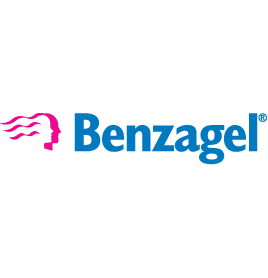Do I treat body acne the same as acne on my face?
For the most part, body acne is managed similar to facial acne. Treatment options may include over the counter topical agents (e.g., benzoyl peroxide, salicylic acid, sulfur), topical agents that require a prescription (e.g., retinoic acid, clindamycin lotion, adapalene) and oral antibiotics (tetracycline, minocycline, erythromycin, doxycycline), which also require a prescription.
Isotretinoin, also an oral prescription medication, may be used for more severe acne. Given that body acne can cover quite a large area, the choice of topical formulation may be a little different than for facial acne. For example, using an acne wash or medicated cleansing bar may increase ease of application and convenience.

As well, it is important to wash gently. Vigorous scrubbing is not more effective than gentle washing and can aggravate acne lesions. Keep in mind that some products, such as benzoyl peroxide, can bleach fabrics, so allow it to absorb into your skin before dressing. Considering wearing a white undershirt to reduce the risk to your clothes or apply benzoyl peroxide at bedtime if your routine involves once daily application.
Wearing loose-fitting clothing can also help with body acne. Tight-fitting clothing has a tendency to irritate your skin by trapping heat and moisture. Body acne can also be irritated by backpacks, straps and sports equipment rubbing against your skin, so it might be helpful to assess whether this is a problem for you.
It is also helpful to shower after exercise as perspiration on the skin can contribute to body acne by trapping bacteria. Be sure to dry off gently with your towel as rubbing may also be a source of irritation.
